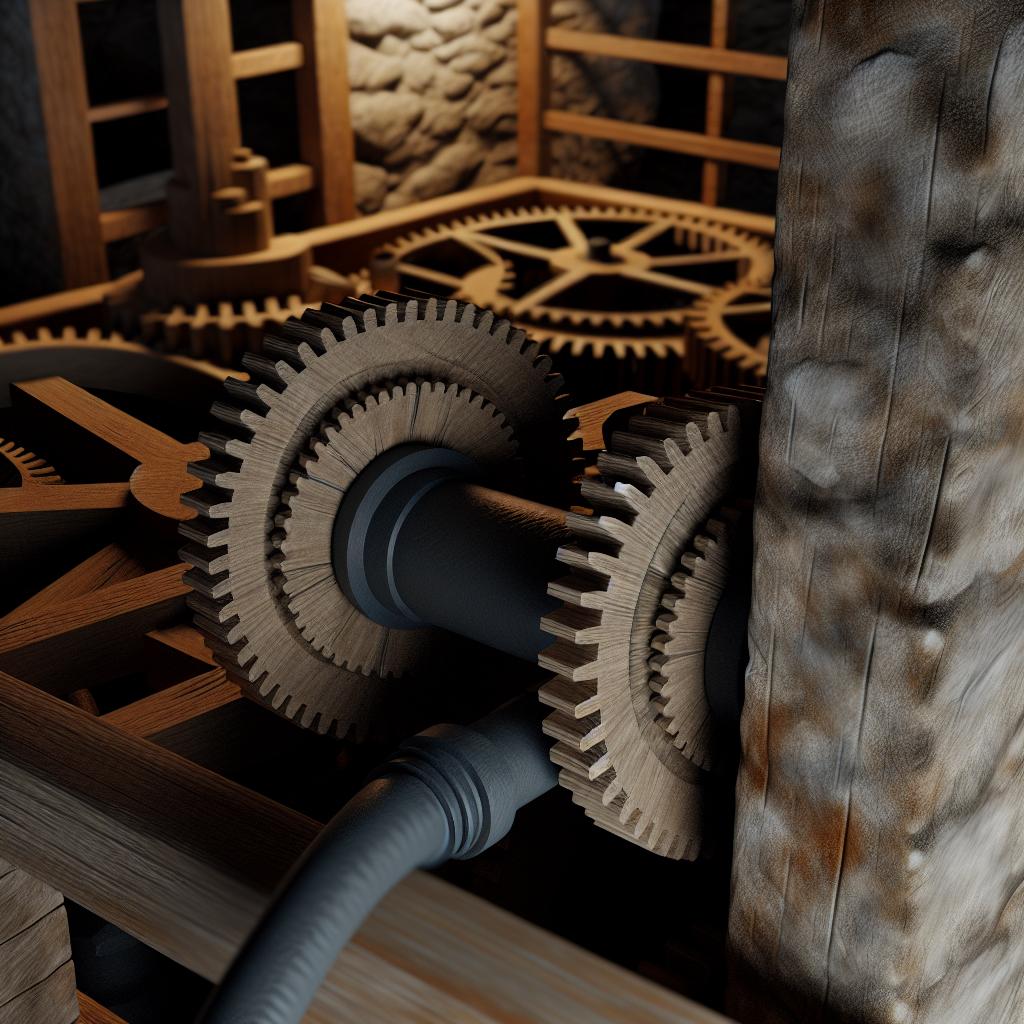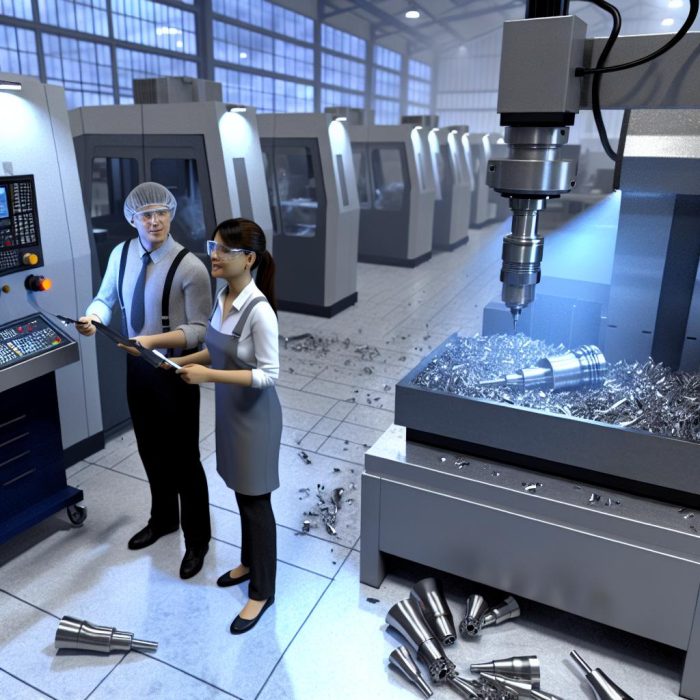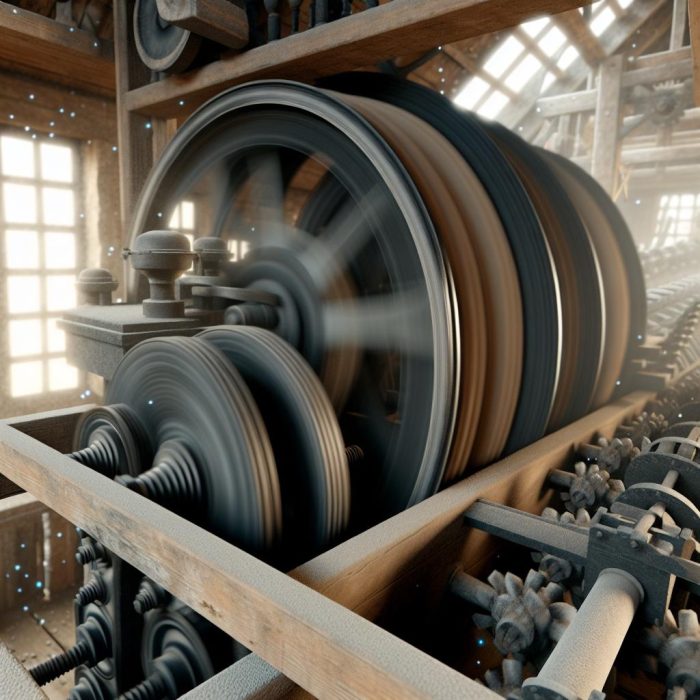Introduction to Gear Systems in Mills
Gear systems are integral to the efficient functioning of various mills, such as grinding, rolling, and textile mills, by facilitating the transfer of energy required for these processes. These intricate systems comprise numerous interrelated components that function together seamlessly. Grasping how gear systems work can significantly impact the optimization of mill operations and subsequently boost productivity.
Fundamental Concepts of Gear Systems
Gears serve as toothed mechanical elements crucial for transmitting torque and rotational motion between different shafts. Within the context of milling operations, these components are pivotal in transforming energy from motor-driven initiations into mechanical tasks that mill materials into finer components. Primarily, gears work by decreasing the input speed from electric motors to enhance torque, a critical factor in the successful operation of various milling setups.
Types of Gear Systems
In milling operations, selecting the appropriate type of gear system is vital for efficient functionality. Listed below are various gear systems and their respective applications:
Spur Gears: Regarded as the most common and straightforward gears, spur gears feature straight teeth aligned on parallel shafts. Their design brings about efficient operation and ease of manufacturing, making them ideal for applications in grinding mills where operating at moderate speeds is required.
Helical Gears: Designed with angled teeth, helical gears provide smoother and quieter operational experiences compared to spur gears. Their ability to handle higher loads makes them the preferred choice for high-speed applications.
Bevel Gears: These gears are distinguished by their conical shapes, which allow them to connect shafts at various angles. Bevel gears are indispensable in milling applications that require directional changes exceeding 90 degrees, such as those observed in specific flour mills.
Worm Gears: This gear type involves an intricate combination of a worm and a gear, facilitating significant speed reductions while enabling motion transfer at 90-degree angles. Worm gears are employed in setups requiring substantial torque with reduced speed requirements.
The Role of Gears in Mill Efficiency
The efficient operation of mills greatly depends on the pivotal role gears play. They influence not only energy consumption and operational speed but also the quality and consistency of the output material. Properly selecting and maintaining gear systems can mitigate wear, reduce operational downtime, and extend machinery longevity.
Maintenance and Reliability
To ensure the optimal functioning and reliability of gear systems within mills, consistent maintenance is imperative. Key maintenance practices include:
Inspection: Regular inspections aim to detect any signs of wear, misalignment, or lubrication deficiencies that could lead to potential failures. Modern milling operations increasingly rely on sophisticated gear inspection tools for comprehensive analysis.
Lubrication: Applying lubrication appropriately diminishes friction and heat, aiding in preventing gear damage and extending their service life.
Alignment: Ensuring that gear teeth align correctly is crucial for smooth and efficient operations. Misalignment often results in excessive noise and accelerated wear.
Technological Advancements in Gear Systems
The technological landscape in milling, specifically regarding gear systems, has witnessed substantial advancements. These developments have systematically improved efficiency and reliability across various milling operations. Modern gear designs feature innovative materials and coatings, achieving enhanced performance levels and reduced operational costs. Additionally, leveraging technologies such as computer-aided design and 3D printing is redefining the parameters surrounding the development of robust gear systems.
Conclusion
A comprehensive understanding of gear systems underlines their critical importance in enhancing milling efficiency and ensuring uninterrupted production processes. Prioritizing maintenance and embracing technological upgrades within gear systems is fundamental for milling operations aiming to optimize their processes and secure their standing within the industry. As technology continues to advance, the future for gear systems within the milling sector promises even more capabilities and operational efficiencies.



